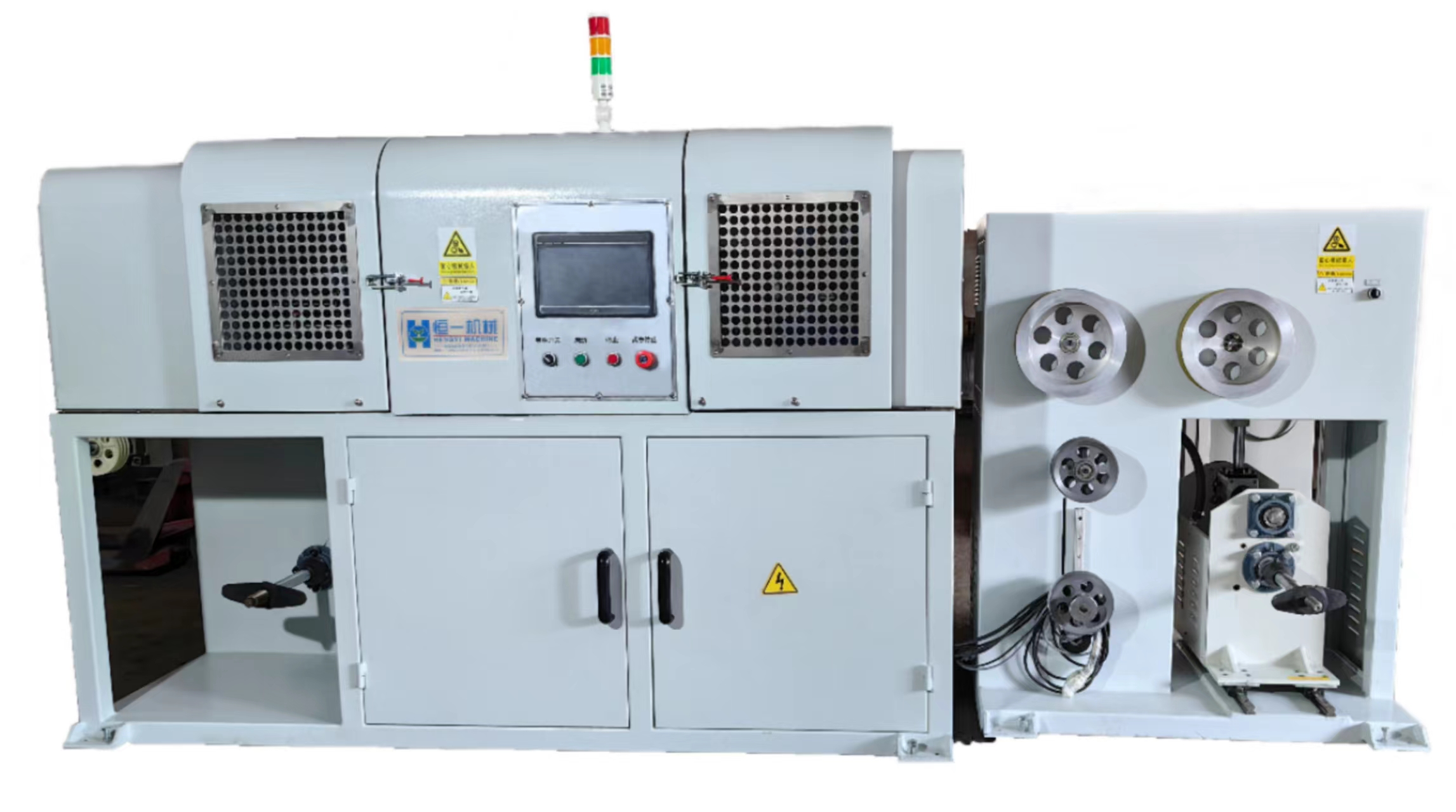Exploring the Evolving Landscape of Optical Cable Extrusion Machines

The optical cable extrusion machine industry is undergoing significant transformations in recent years, driven by technological advancements and changing market dynamics. This trend analysis aims to provide a comprehensive overview of the current state and future prospects of the optical cable extrusion machine market.
1. Technological Innovations Driving Efficiency and Productivity
Advancements in technology have revolutionized the optical cable extrusion machine industry, leading to increased efficiency and productivity. Intelligent control systems, precision engineering, and automation have become integral parts of modern extrusion machines, streamlining the production process and ensuring consistent quality.
Furthermore, the incorporation of artificial intelligence and machine learning technologies has enabled real-time monitoring and predictive maintenance, minimizing downtime and optimizing overall equipment effectiveness. These innovations not only enhance operational efficiency but also reduce production costs, making optical cable extrusion machines more lucrative for manufacturers.
2. Rising Demand for High-Speed and High-Bandwidth Connectivity
The global demand for high-speed and high-bandwidth connectivity is escalating rapidly, driven by the increasing adoption of cloud computing, internet of things (IoT) devices, and emerging technologies such as 5G. This surge in demand is creating significant opportunities for the optical cable extrusion machine industry.
To cater to the growing need for optical cables, extrusion machine manufacturers are focusing on developing machines capable of producing cables with higher capacity and transmission speeds. These machines incorporate advanced materials and process control techniques to meet the stringent requirements of the modern communication infrastructure.
3. Sustainability and Environmental Considerations
As sustainability becomes a priority in various industries, the optical cable extrusion machine sector is also striving to reduce its environmental footprint. Manufacturers are investing in research and development to develop eco-friendly materials and energy-efficient technologies.
The adoption of recyclable materials, waste reduction strategies, and energy-saving initiatives are becoming crucial for staying competitive and meeting the sustainability goals of the global market. Recycling and repurposing of waste materials generated during the production process are also gaining prominence in the industry.
Conclusion
The optical cable extrusion machine industry is witnessing a profound transformation driven by technological advancements, increasing demand for high-speed connectivity, and growing emphasis on sustainability. Manufacturers must stay at the forefront of innovation and embrace these trends to seize the emerging opportunities in this evolving landscape.

